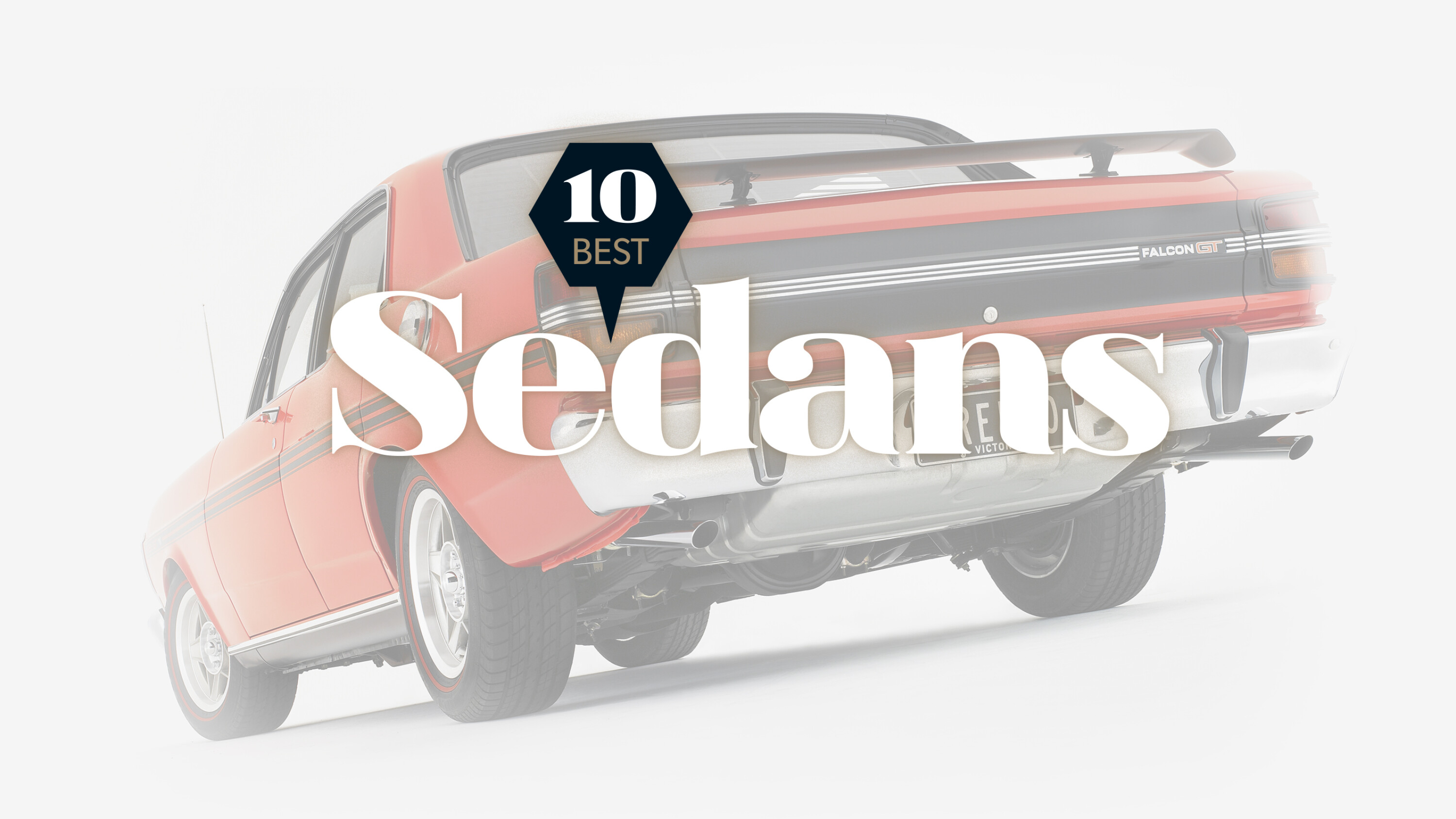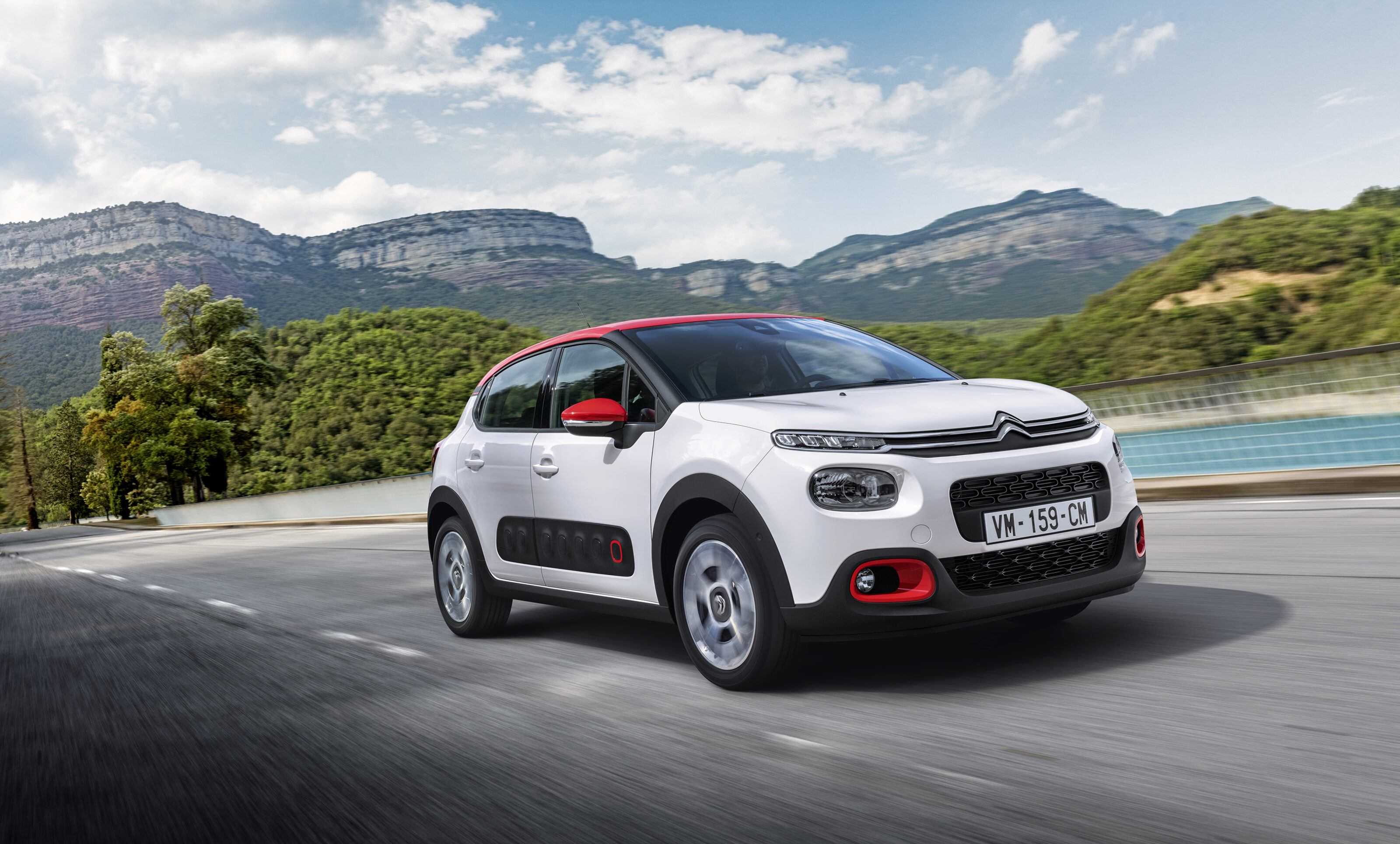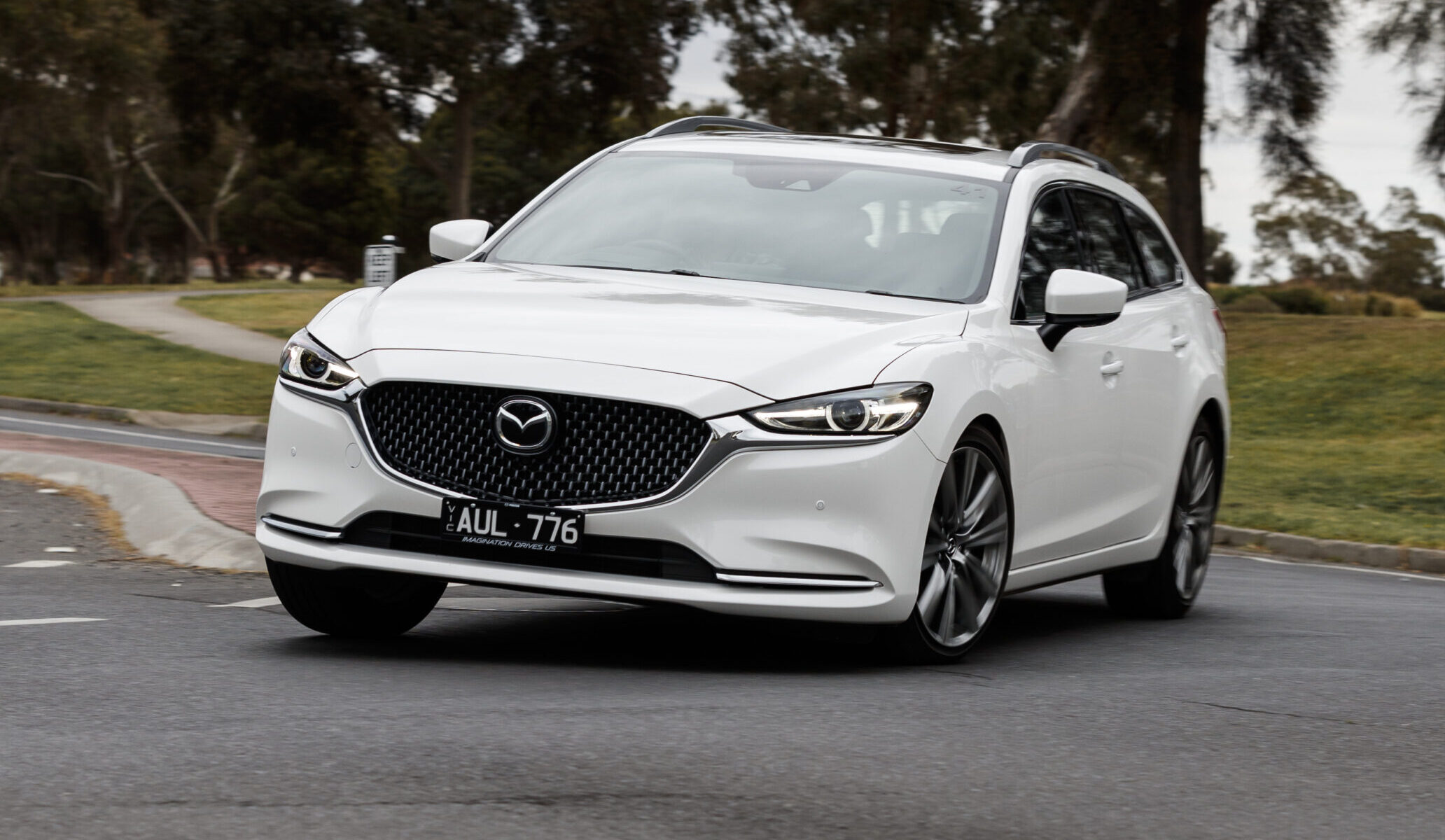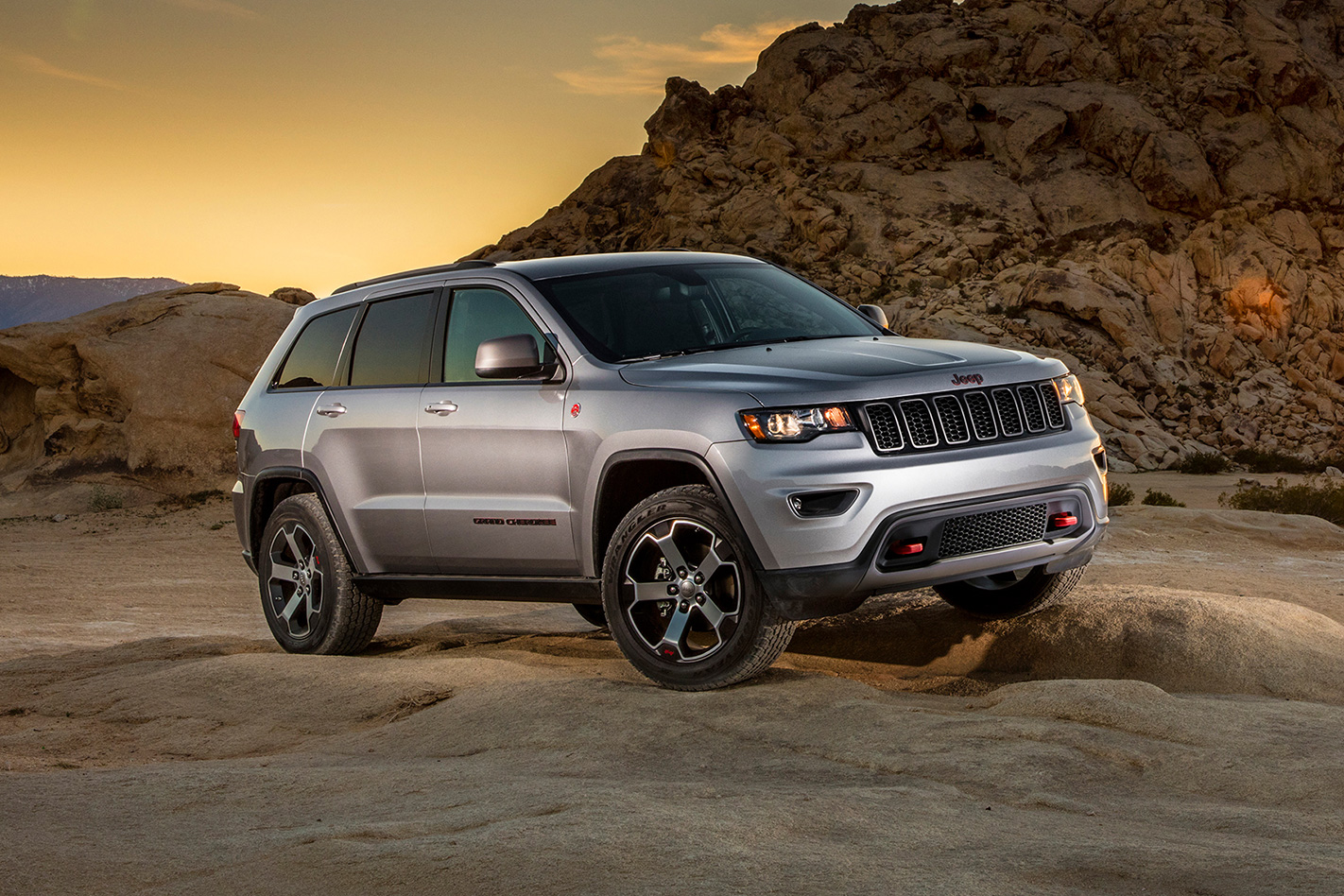In celebration of Wheels magazine’s 70th birthday, we’re running through the 70 greatest cars of all time – defined not by sales or talent alone, but simply as our writers past and present see it.
To follow the series, hit our Greatest Cars Ever main story here.
We’re opening proceedings with probably the most important class in the evolution of cars: the sedan. Here we go.
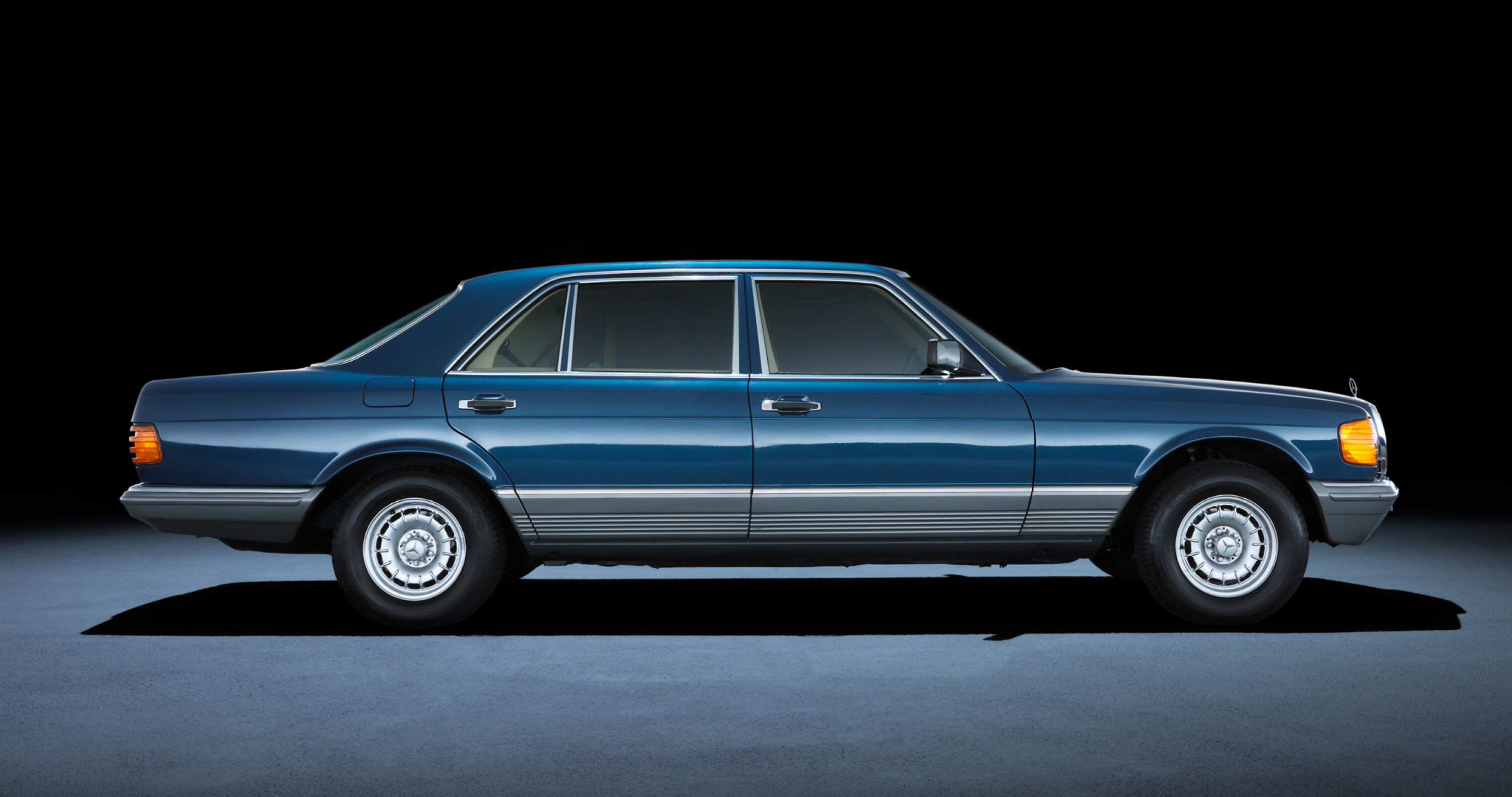
? Mercedes-Benz W126 S-Class
WE LOVE
- Every primo sedan now owes a debt of gratitude to the W126 S-Class
NOT SO MUCH
- 5.5-litre 560-badged models didn’t arrive until 1985
There’s a familiar refrain with many of the cars on this list and Joni Mitchell sang it. “Don’t it always seem to go, that you don’t know what you’ve got ’til it’s gone.”
Except, with the W126 Mercedes-Benz S-Class, we pretty much did know what we had.
Like every S-Class before or since, it was the expression of everything Stuttgart knew about the art of making the car, yet the W126 was somehow different. It was imperious without being remote in its personality, refined without being uninvolving in its dynamics and, reassuringly over-engineered without being overblown, which is perhaps more than can be said for its successor.
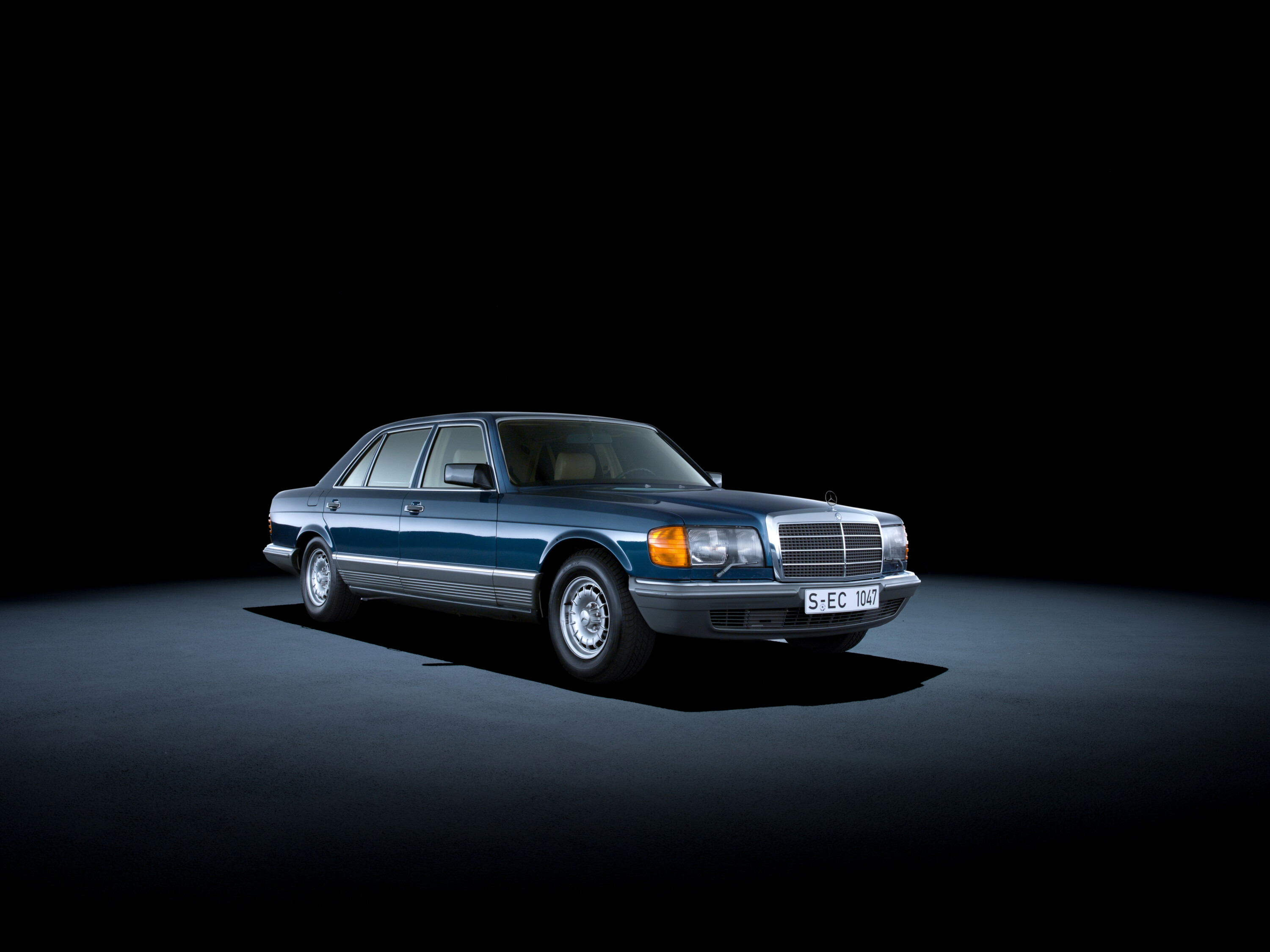
It needed eight cylinders under its bonnet to be at its best, and the last of the line 560 SEL versions were the pick of the bunch.
Introduced in 1989, it took a decade before rivals caught up, and its spiritual successor came not from Europe but from Japan.
The S-Class won Wheels‘ 1981 COTY crown by a huge margin, Peter Robinson noting “that the Mercedes-Benz overcomes the natural inclination of COTY to the more popular cars, to stand above all other new models of 1981, is a tribute to its depth of engineering brilliance and the huge influence it will have on cars of the future.” Amen to that.
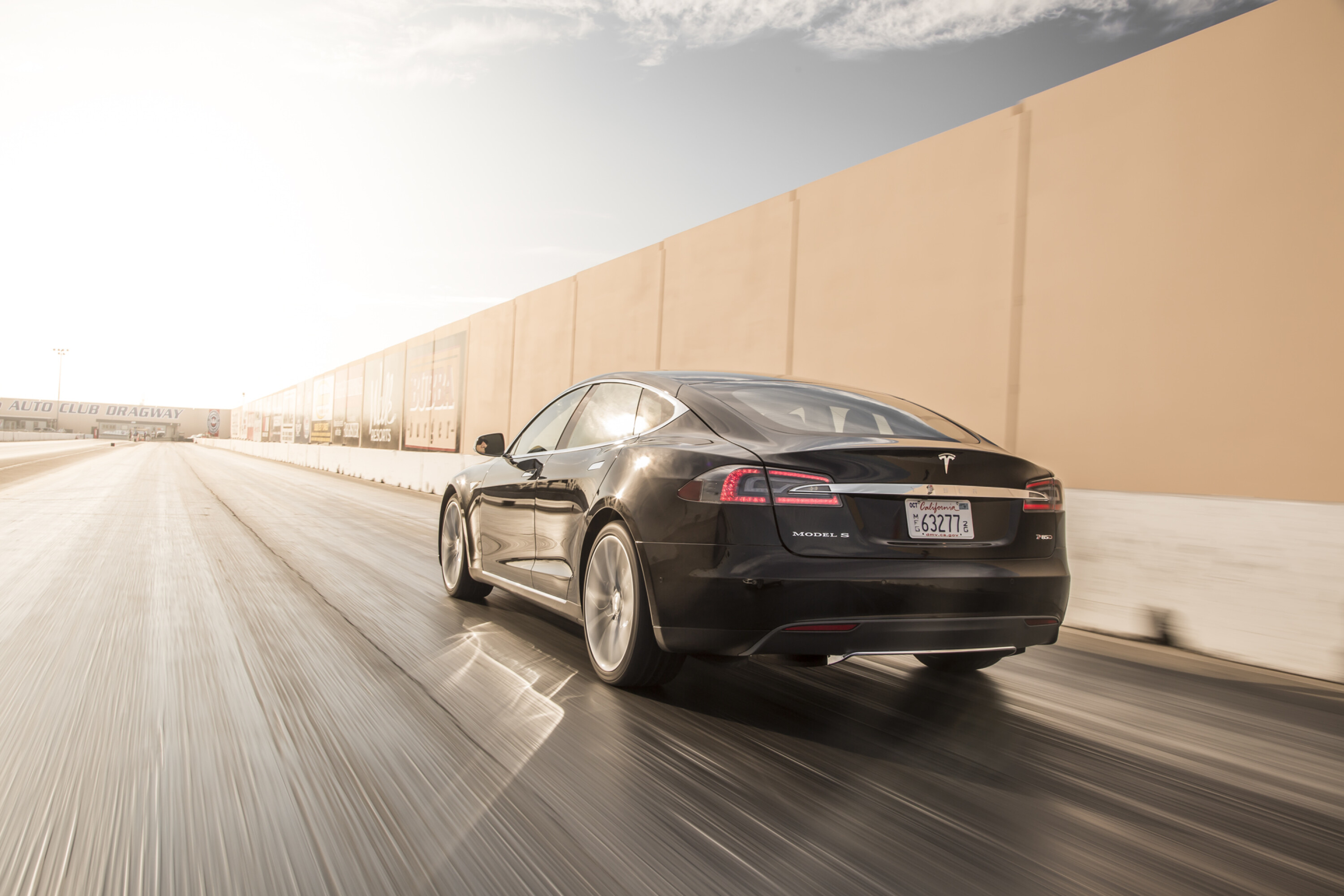
? Tesla Model S
WE LOVE
- Made ridiculous performance accessible
NOT SO MUCH
- Made ridiculous cabin ergonomics acceptable
The car that changed everything? It certainly changed the way many of us viewed both the electric car and ICE vehicles.
If there’s been a more influential and game-changing vehicle built this century, we haven’t driven it. Recalibrated our meters on both drivetrain performance and refinement, and re-established the notion of the world-beating American car
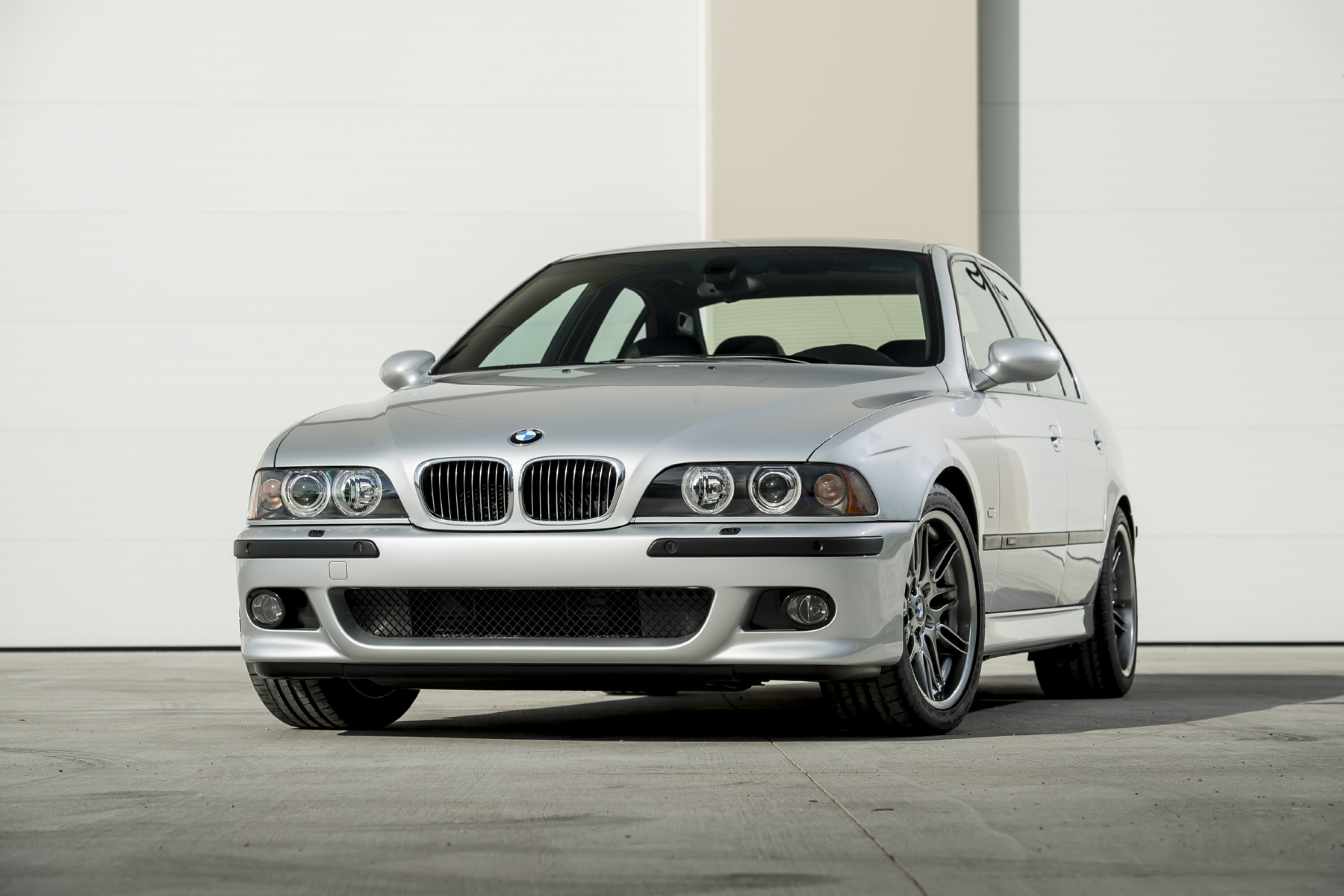
? BMW E39 5 Series / M5
WE LOVE
- Form factor and balance almost perfect
NOT SO MUCH
- V8 models miss out on rack and pinion steering
It’s possible to find motoring journalists, many of whom haven’t taken leave of their senses, who will identify the E39 BMW 528i as the best car ever made.
By reasonably common consent, the E39 was also the best M5. It made the W210 E-Class feel flabby and the C5-gen Audi A6 resolutely wooden.
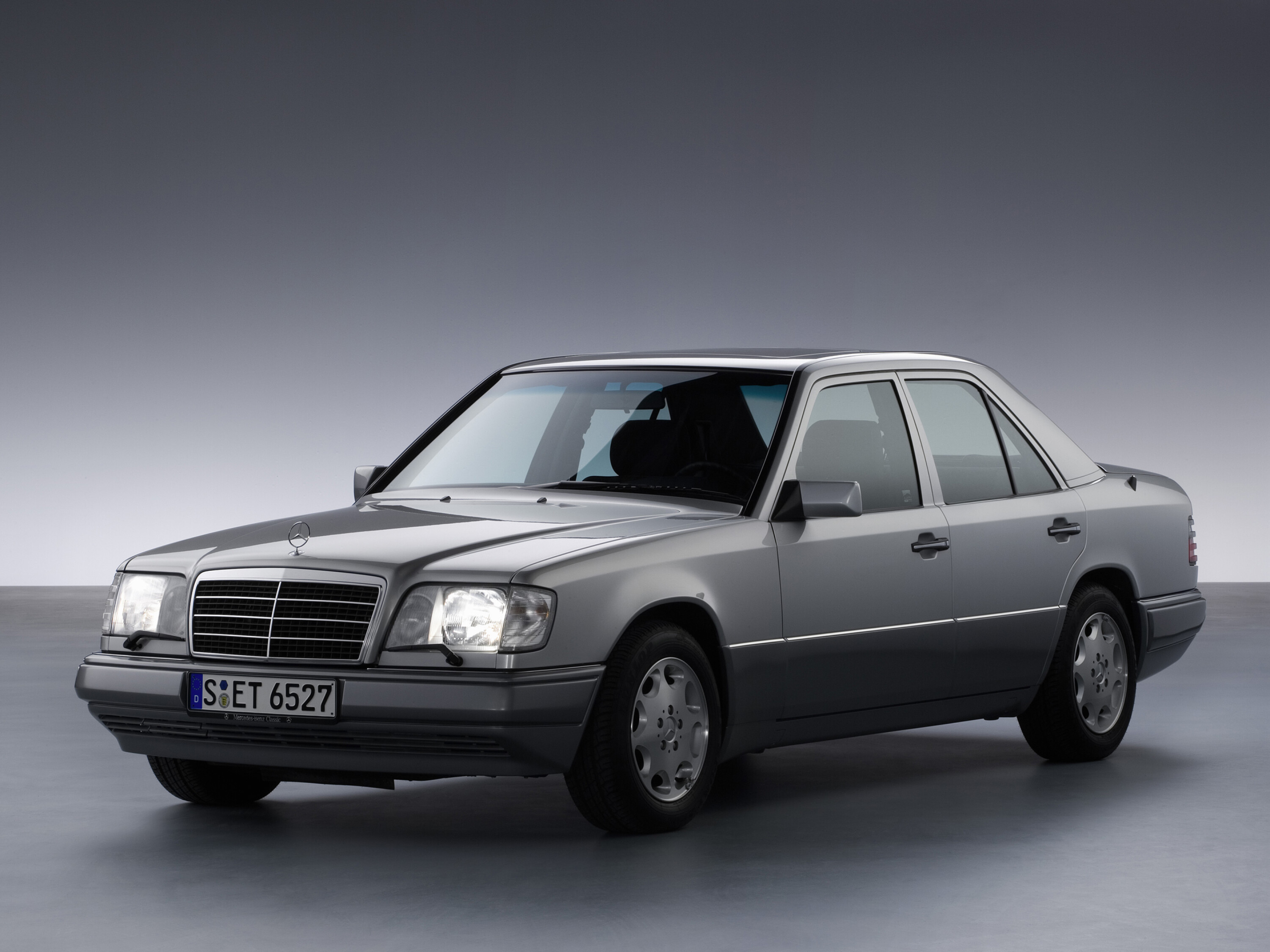
Mercedes-Benz W124 E-Class
WE LOVE
- Lovely ‘Gullideckel’ manhole cover wheels
NOT SO MUCH
- Slow steering but rapid rust
The design of this icon is credited to Bruno Sacco, largely because his name is easier to pronounce than Joseph Gallitzendörfer’s.
The W124 succeeded the slightly agricultural W123 and brought us sophistication, speed and the utterly magnificent Porsche-built 500E. Sedans, coupes, cabrios and wagons were spun off the W124 theme with over 2.5 million built.
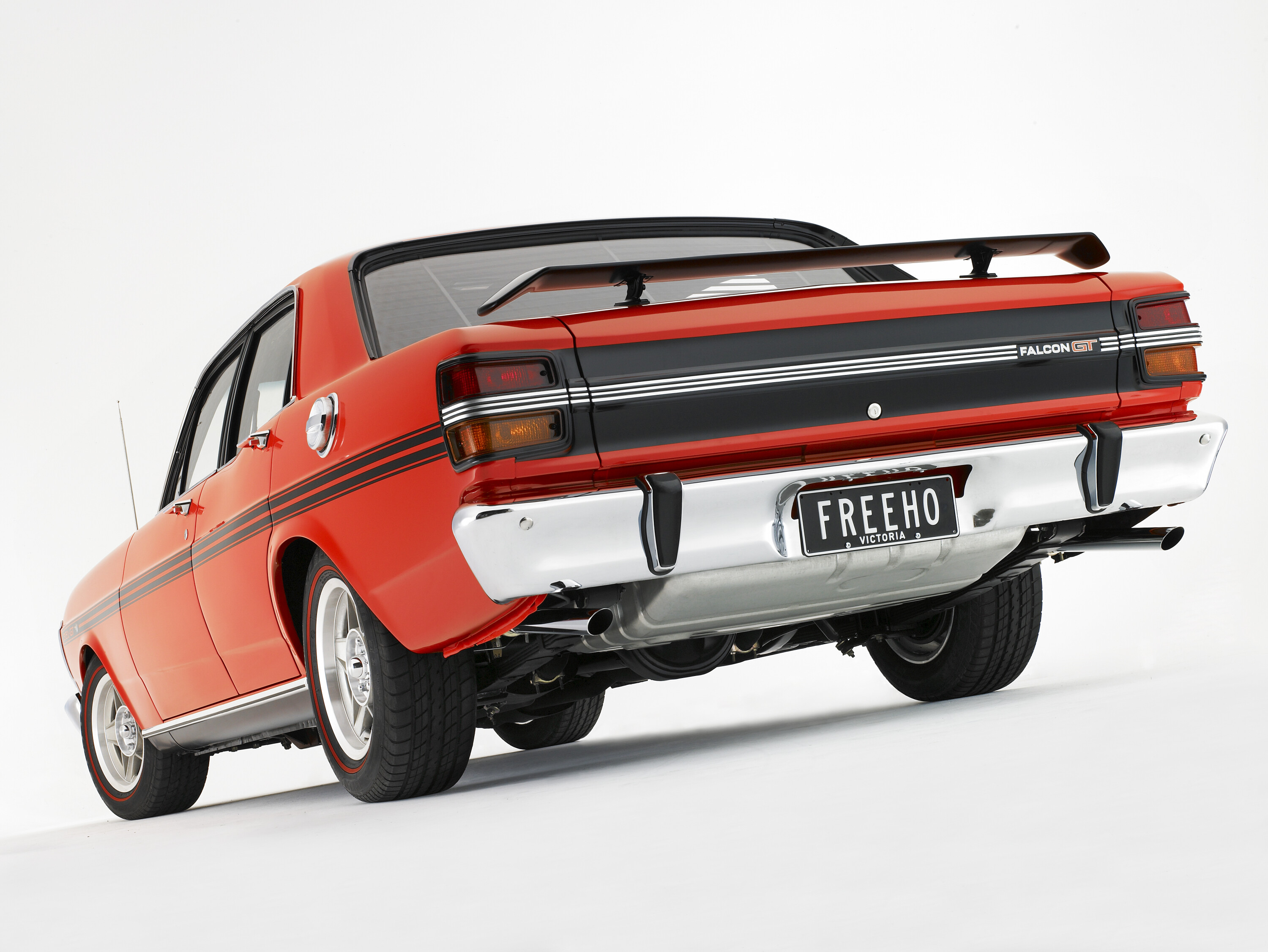
Ford Falcon XY GT-HO Phase III
WE LOVE
- Blood and thunder V8 goodness
NOT SO MUCH
- Supercar scare denied us the Phase IV
Uwe Kuessner’s iconic image of the HO Down The Hume, with Mel Nichols clocking 145mph is probably the greatest image ever published in Wheels.
Shot south of Wodonga, it highlighted the abilities of a car that could clock 6.4 seconds to 60mph in 1971. The world’s fastest four-door? The Magnum-engined 1969 Dodge Polara might have had something to say about that.
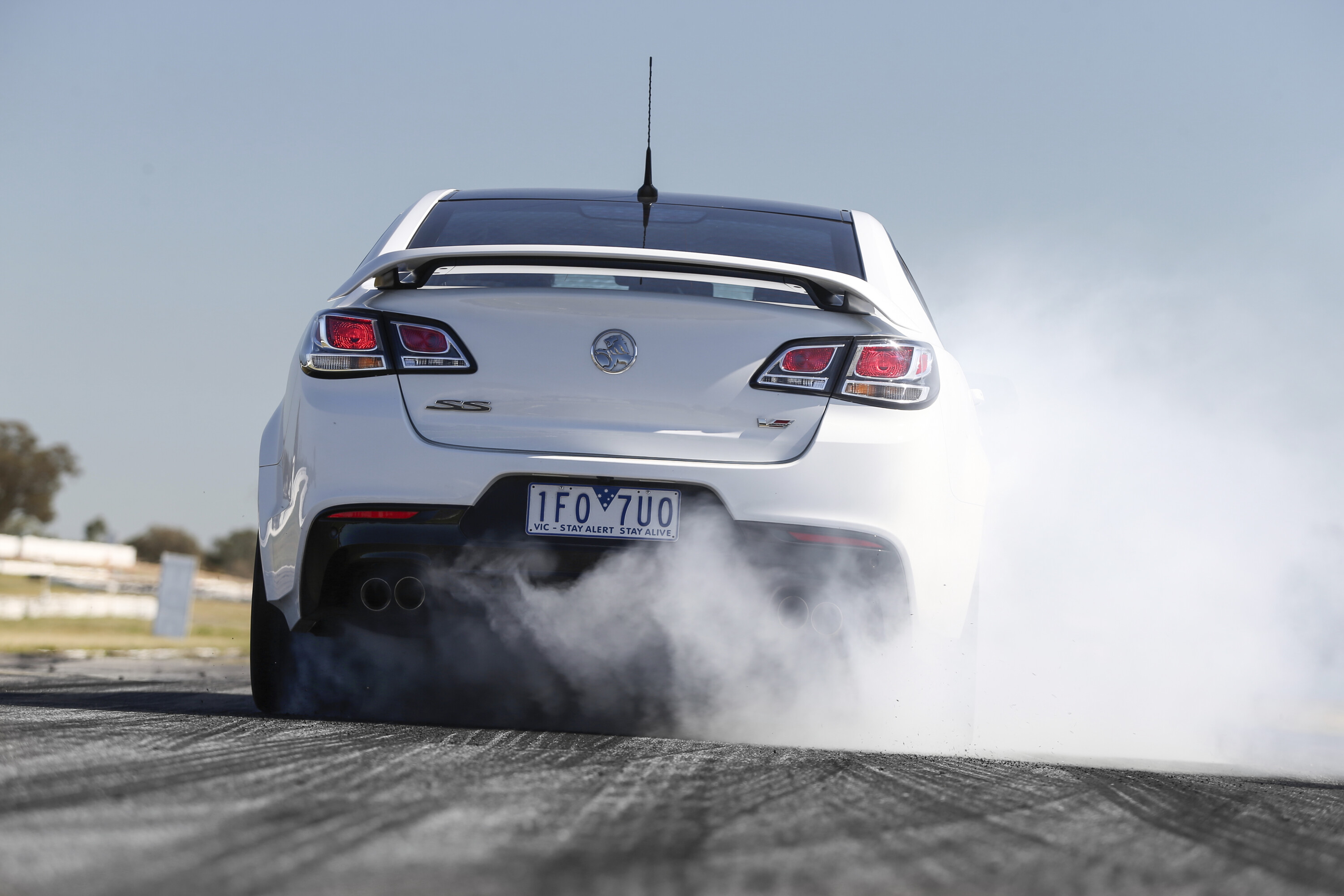
Holden VF/VFII Commodore & Calais
WE LOVE
- Small block, big talent and still looks fantastic
NOT SO MUCH
- Limits on the market for 5m-long performance cars
“A charming and special instant classic, from base to beast. Forever Australia’s greatest car,” claims Nathan Ponchard.
He has a point, but given the money that was poured into its development arc, it should have been. Never quite did the business it should have outside of these shores, but remains one for Aussies to rightly feel proud of.
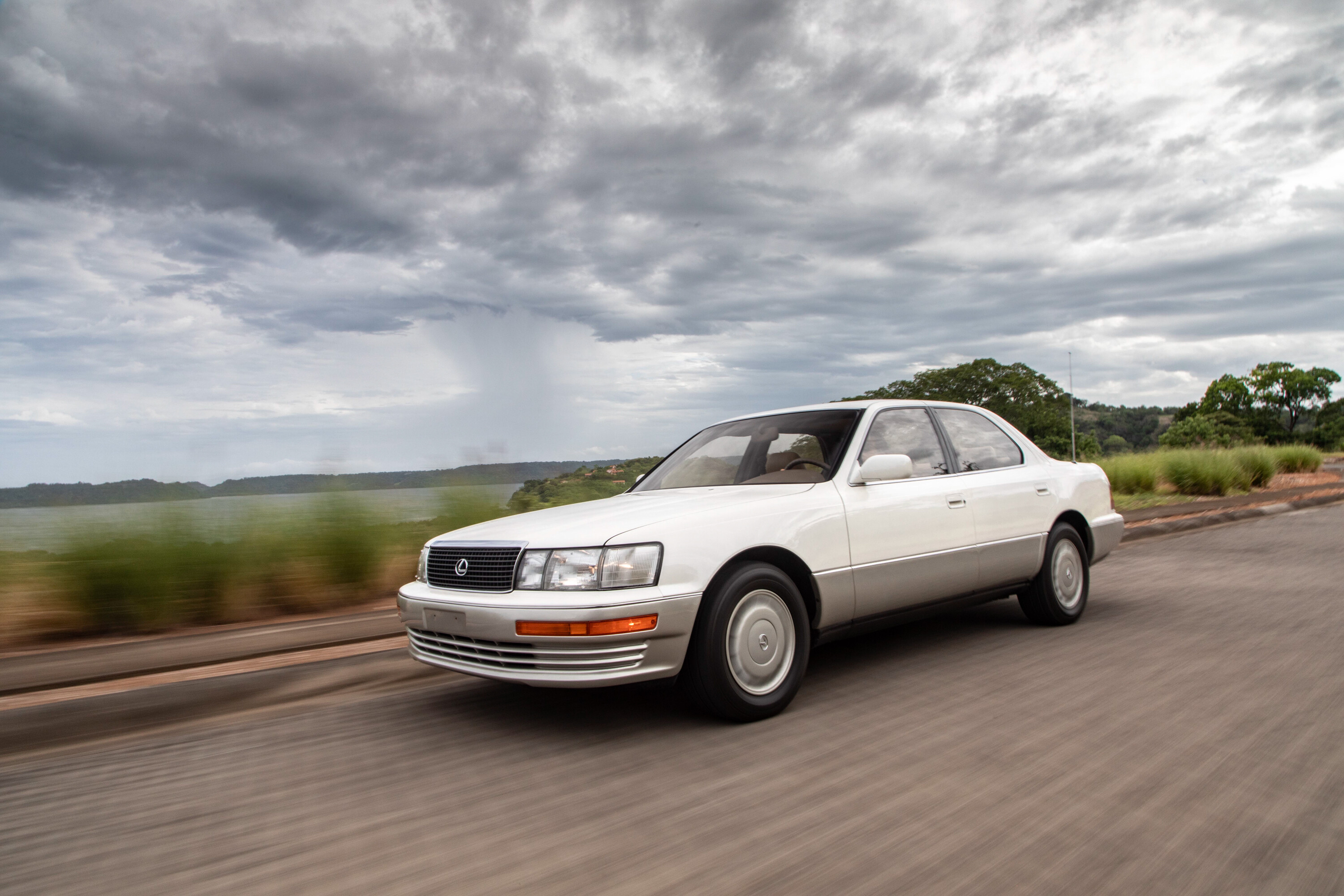
Lexus LS400
WE LOVE
- Demented focus on quality
NOT SO MUCH
- You needed to buy quieter clothing
Another Wheels COTY champ, the big Lexus claiming the award for 1990.
The cover line said it all: “How could the best in the world not win?”
Editor Phil Scott knew that recession-hit Australia would hate the notion of a $120,000 Japanese limousine carrying away the trophy. He didn’t care, and rightly so.
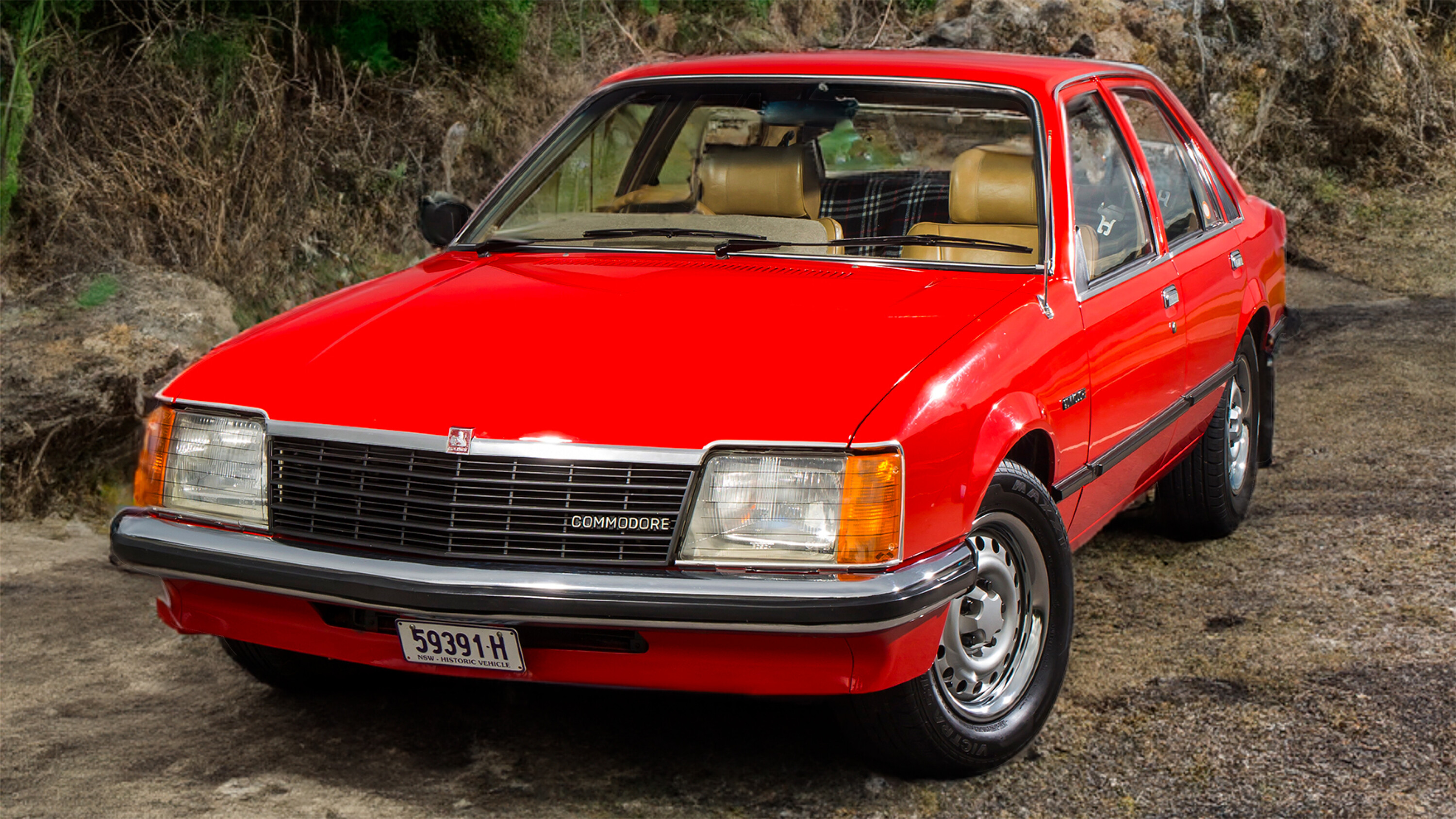
Holden VB Commodore
WE LOVE
- Smaller than a Kingswood
NOT SO MUCH
- Smaller than a Kingswood
The March 1979 issue of Wheels awarded the VB Commodore its COTY award by a huge margin, dubbing it “the best Australian car ever.”
In the same issue, John Mellor wrote a multi-page takedown titled “What’s Wrong With The Commodore”.
Divisive to the last, it revolutionised the previously boat-like Aussie family sedan – yet it was only sold for 17 months, and never won Bathurst.
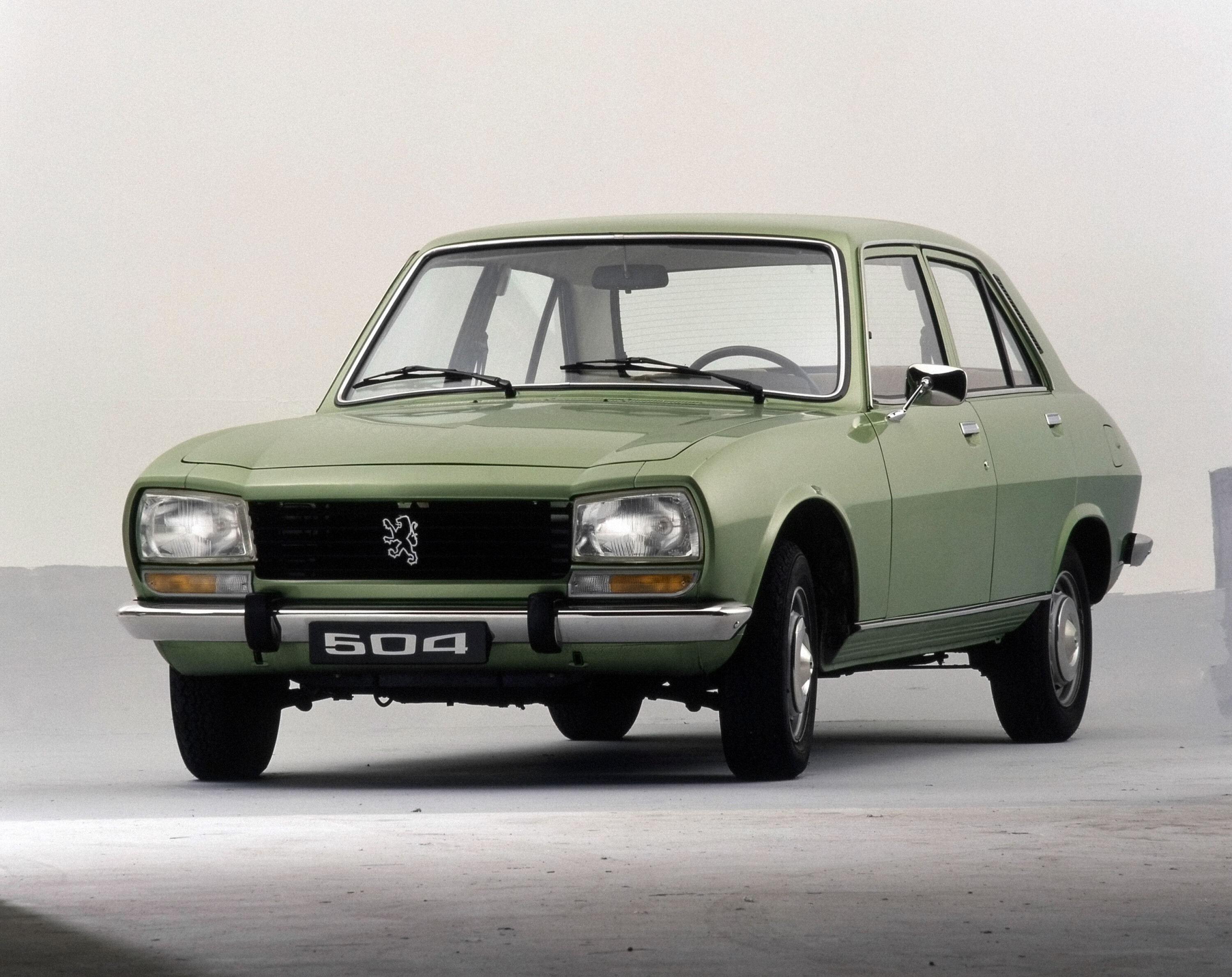
Peugeot 504
WE LOVE
- Won five WRC events, all in Africa, so you know it’s strong
NOT SO MUCH
- Feeble brakes will get your attention
If this segment was predicated on a car’s ability to drive across North Africa in comfort and style, the Peugeot 504 would face little competition.
As tough as old boots, the 504 was a sedan, a wagon, a pick up, a coupe, a cabrio, an ambulance, a rally champion, a Popemobile and a presidential limo.
Production started in 1968 and ended in 2006, with over three million built. Vive la différence.
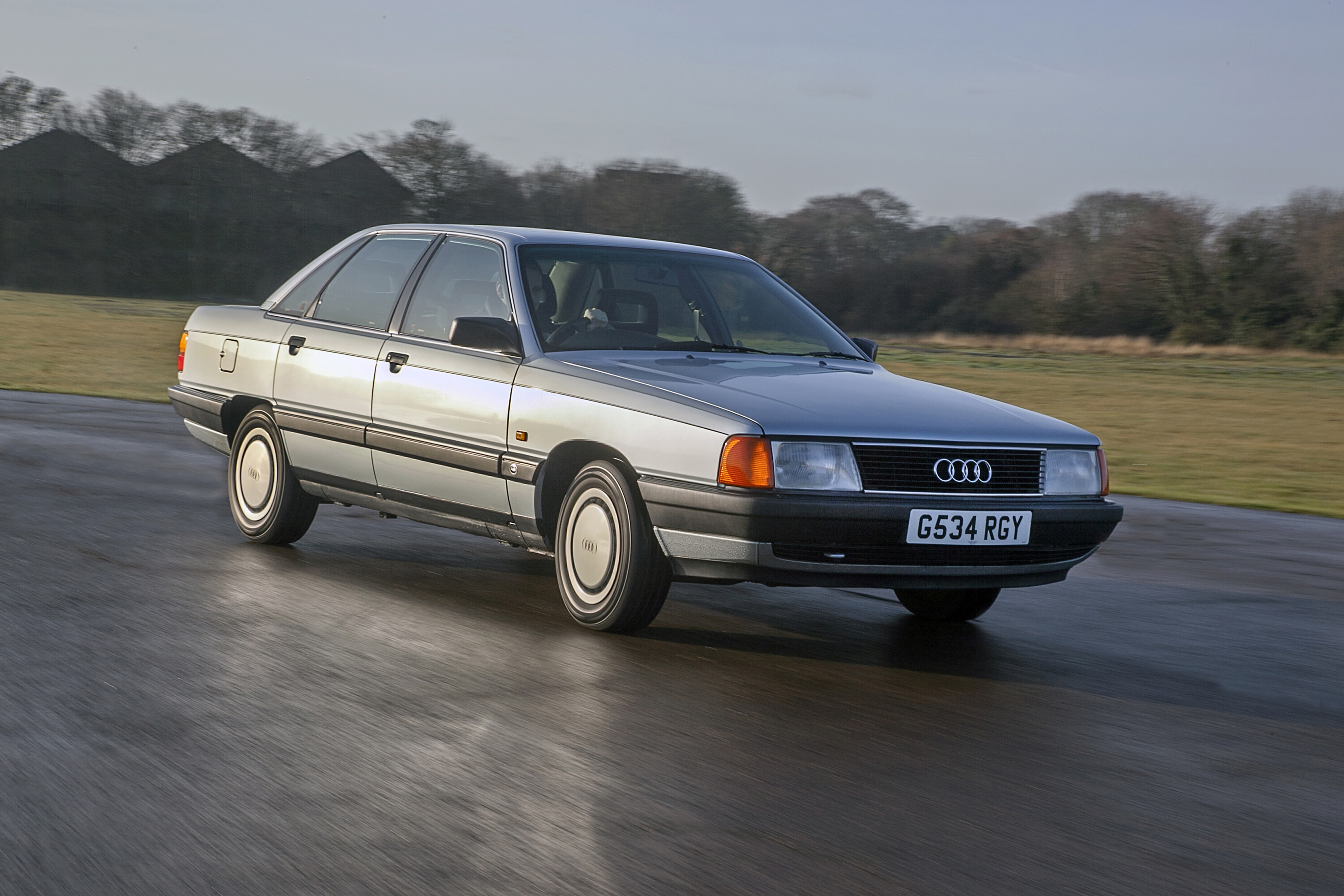
Audi C3 100
WE LOVE
- The sedan was beautiful, the Avant wagon maybe even more so
NOT SO MUCH
- Unintended acceleration debacle hobbled Audi’s image in the US
Of course, using aerodynamics to predicate a car’s styling was nothing new.
The 1930s were full of suppository-shaped cars, but flush glass, rounded surfaces of the 1982 Audi 100 made wind cheating fashionable all over again, the car even featuring a Cd 0.30 decal on its glasshouse.
Instrumental in changing the shape of cars and kickstarted Ingolstadt’s push to premium.

